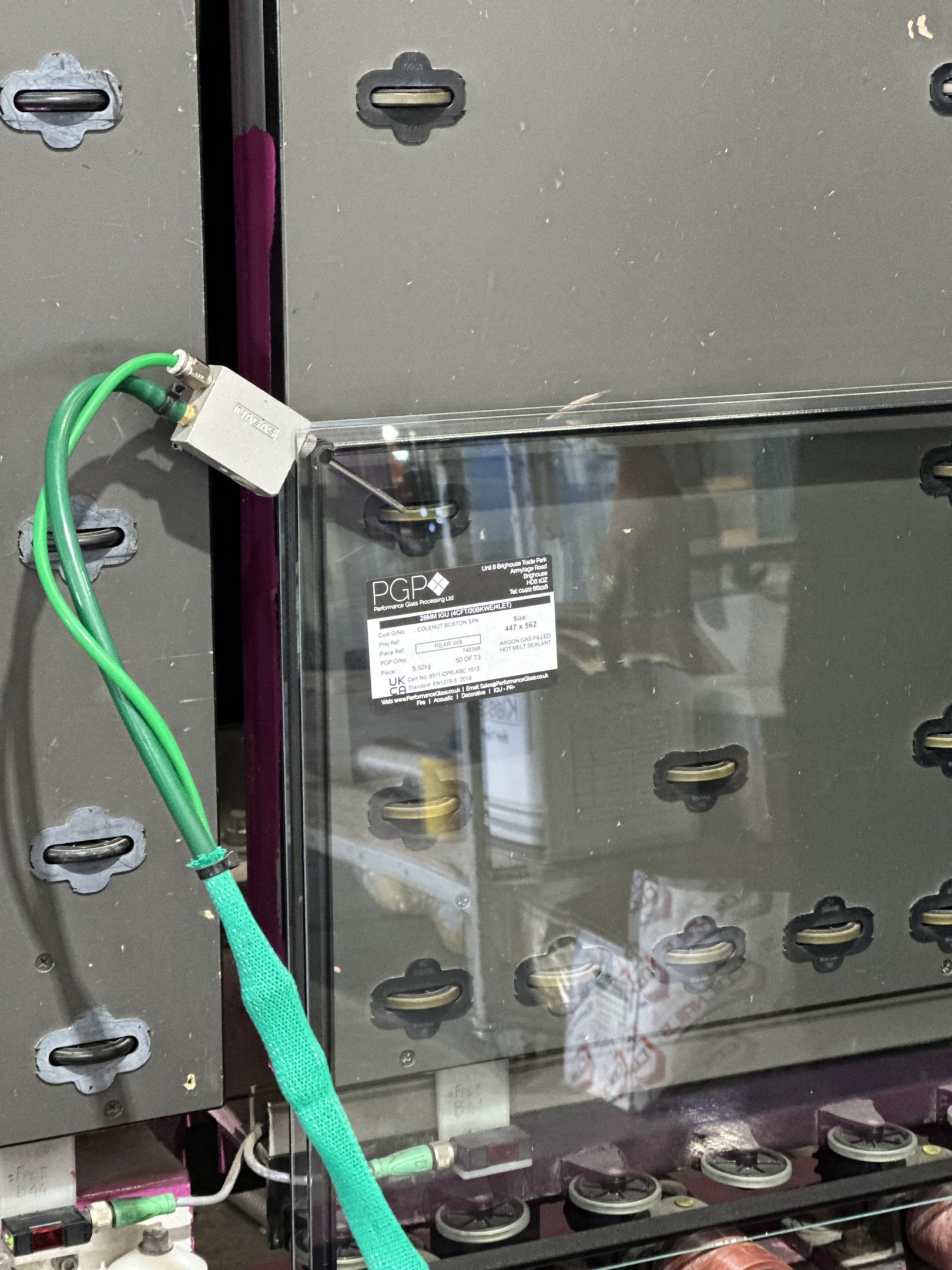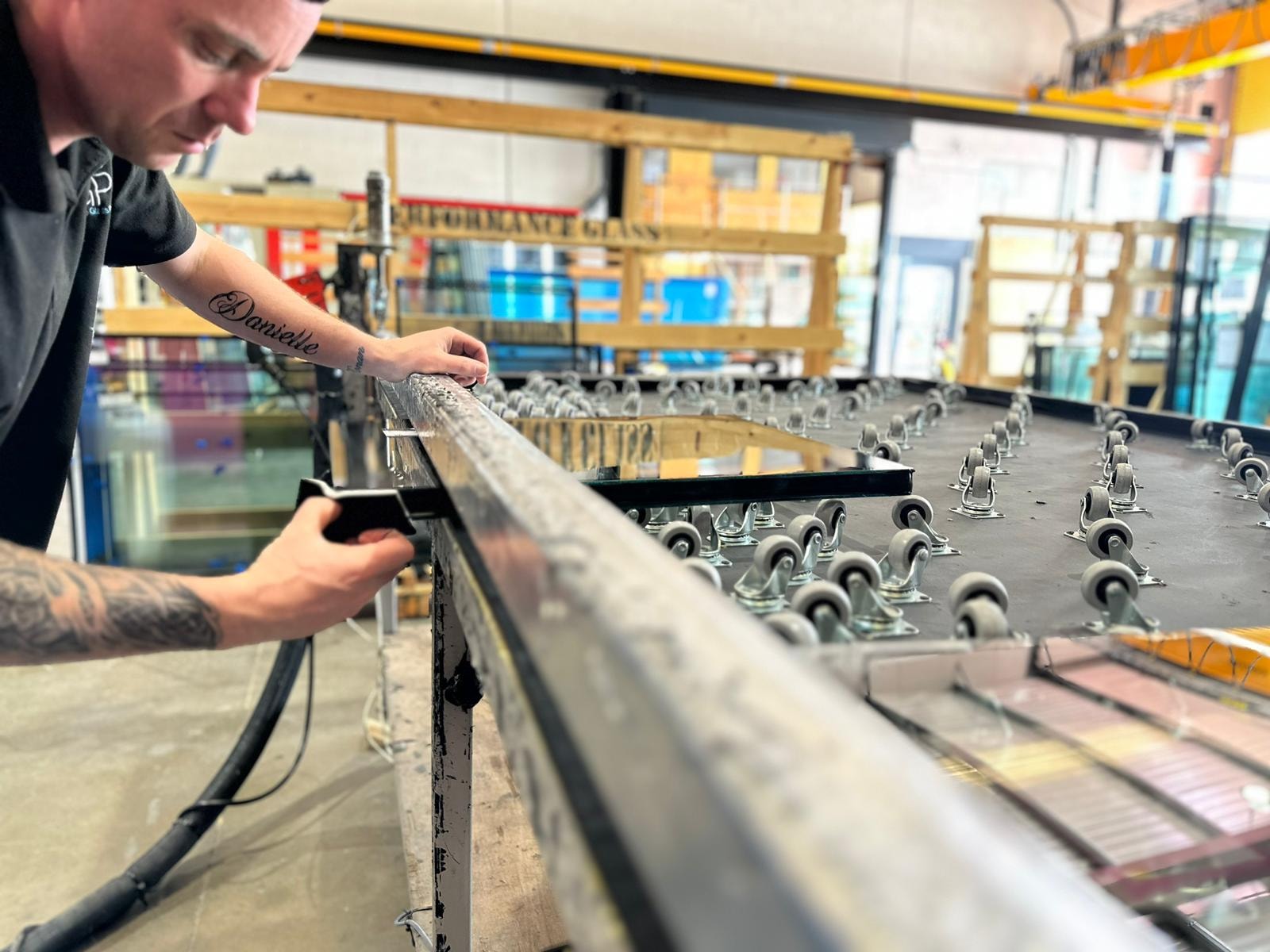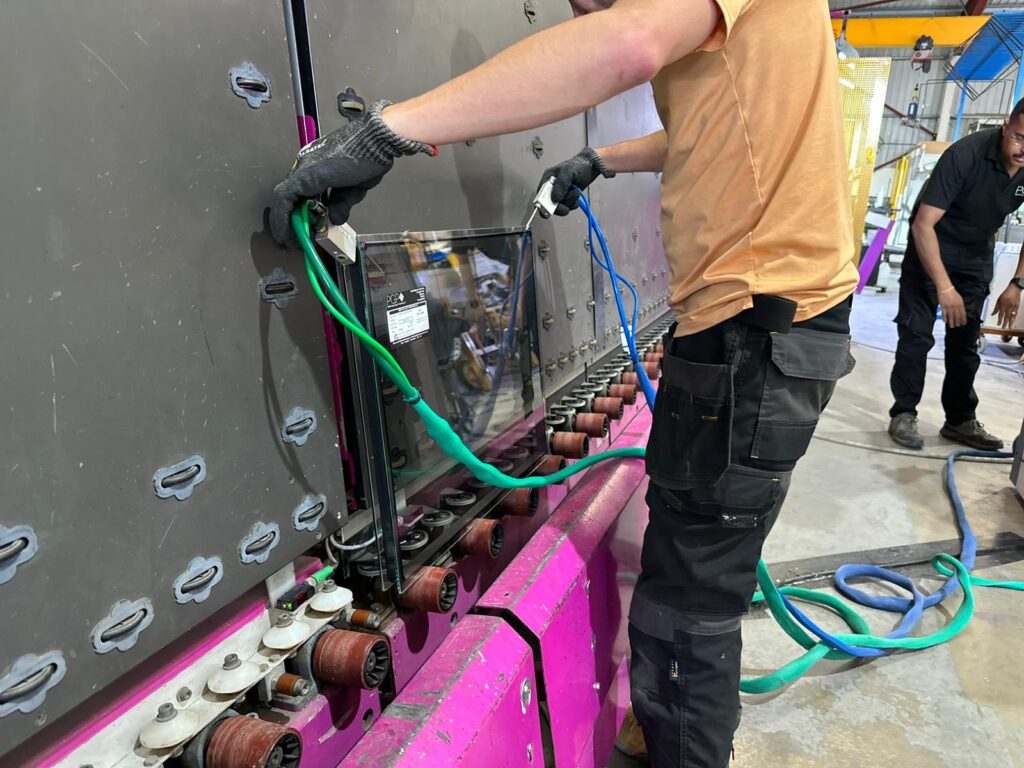When considering home improvements, particularly regarding window installation, homeowners often encounter the term “argon gas.” This non-toxic, colourless gas plays a crucial role in enhancing the energy efficiency of windows. Wondering what is argon gas? In this blog post, we will explore the properties of argon gas, its applications in window technology, and the benefits it brings to homeowners seeking to reduce energy costs and improve comfort in their home.
What Is It?

Argon is non-reactive, odourless, and colourless gas, making it an ideal choice for various applications. The unique properties of argon gas, which constitutes approximately 1% by volume of Earth’s atmosphere, allow it to serve as an effective insulator, particularly in double and triple-glazed windows.
Characteristics of Argon Gas
Non-Toxic
Argon poses no health risks to humans or the environment, making it a safe choice for residential use.
Low Thermal Conductivity
Argon is less effective at conducting heat, which enhances thermal insulation in windows.
Argon as a Noble Gas
Argon, symbolised as Ar, is a fascinating chemical element belonging to the noble gases group. Discovered in 1894 by Scottish chemist William Ramsay and English chemist Morris Travers, argon was isolated from air through fractional distillation. The name “argon” is derived from the Greek word “argos,” meaning “inactive” or “lazy,” reflecting its non-reactive nature. As the third most abundant gas in the Earth’s atmosphere, argon constitutes just under 1% of the air we breathe. Additionally, it can be found in trace amounts within natural gas and oil deposits, making it readily available for various applications.
Production of Argon Gas
The production of argon gas primarily involves the fractional distillation of liquefied air. This process entails cooling air to very low temperatures, causing its constituent gases to separate based on their boiling points. Argon is then collected and purified to achieve high-quality gas suitable for various uses. Another method of producing argon gas is through the electrolysis of molten sodium chloride, where argon is obtained as a byproduct.
The Role of Argon Gas in Window Construction

Argon gas is primarily used to fill the space between the panes of double and triple-glazed windows. This process, known as gas filling, significantly improves the thermal performance of the windows. Argon is used in various applications, including window construction, lighting, and welding.
How Argon Gas Is Injected
1. Preparation
The window panes are sealed with a spacer, which creates a pocket for the gas.
2. Injection
Argon gas is pumped into the sealed space through a small opening, displacing air and preventing it from entering.
3. Sealing
Once the argon is injected, the opening is sealed to maintain the gas within the window unit.
Why Choose Argon Gas for Your Windows?
Homeowners are increasingly opting for argon gas-filled windows due to their numerous advantages. Understanding these benefits can help in making informed decisions regarding window installations.
Energy Efficiency
Windows filled with argon gas significantly reduce the amount of heat that escapes during colder months. This enhanced insulation translates to lower heating costs and increased comfort.
Soundproofing Qualities
Argon gas also acts as a sound barrier. Its density helps to dampen noise, making it a great choice for homes located in busy or noisy areas.
Is Argon Gas Safe?
One of the most commonly asked questions about argon gas is its safety. Given its non-toxic nature, homeowners can rest assured that argon poses no health risks.
Environmental Impact
Argon is a naturally occurring gas that dissipates quickly in well-ventilated areas. If a window seal fails and argon escapes, it does not harm the environment or the inhabitants of the home.
Handling and Installation
During installation, professionals take the necessary precautions to ensure that the gas remains contained within the window units. Homeowners do not need to worry about exposure during or after installation.
Argon vs. Krypton Gas
While argon is the most commonly used gas for window insulation, krypton gas is another option that some homeowners may consider.
Differences in Properties
Density
Krypton is denser than argon, which allows it to provide superior insulation, especially in smaller spaces between panes.
Cost
Krypton is more expensive than argon, making it less popular among homeowners looking for cost-effective solutions.
How Long Does Argon Gas Last in Windows?
The longevity of argon gas in windows largely depends on the quality of the window units and the installation process.
Expected Lifespan
High-quality argon-filled windows can retain their gas for 20 years or more. However, some gradual leakage is normal over time.
Signs of Gas Loss
Homeowners may notice condensation or frost forming between the panes, indicating that argon gas has escaped. Regular inspections can help identify these issues early.
Argon Gas Windows and Doors
Argon gas is an essential component of modern window technology, offering homeowners numerous benefits, including enhanced energy efficiency, soundproofing, and safety.
At Performance Glass, all our glazed units are filled with argon gas, enhancing insulation and energy efficiency for superior thermal performance in every product. Whether you need high-performance acoustic solutions or custom large-scale sizes, we have the glass solution for you. Want to find out more? Email us today on theteam@performanceglass.co.uk.

